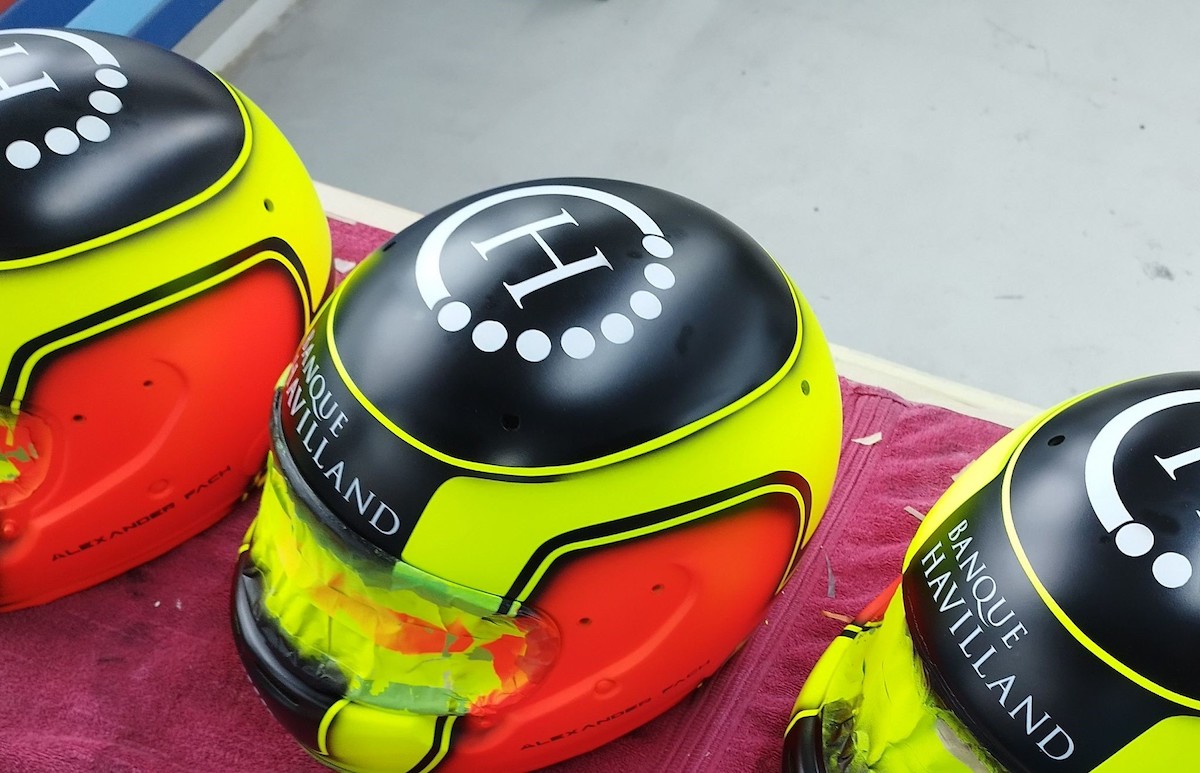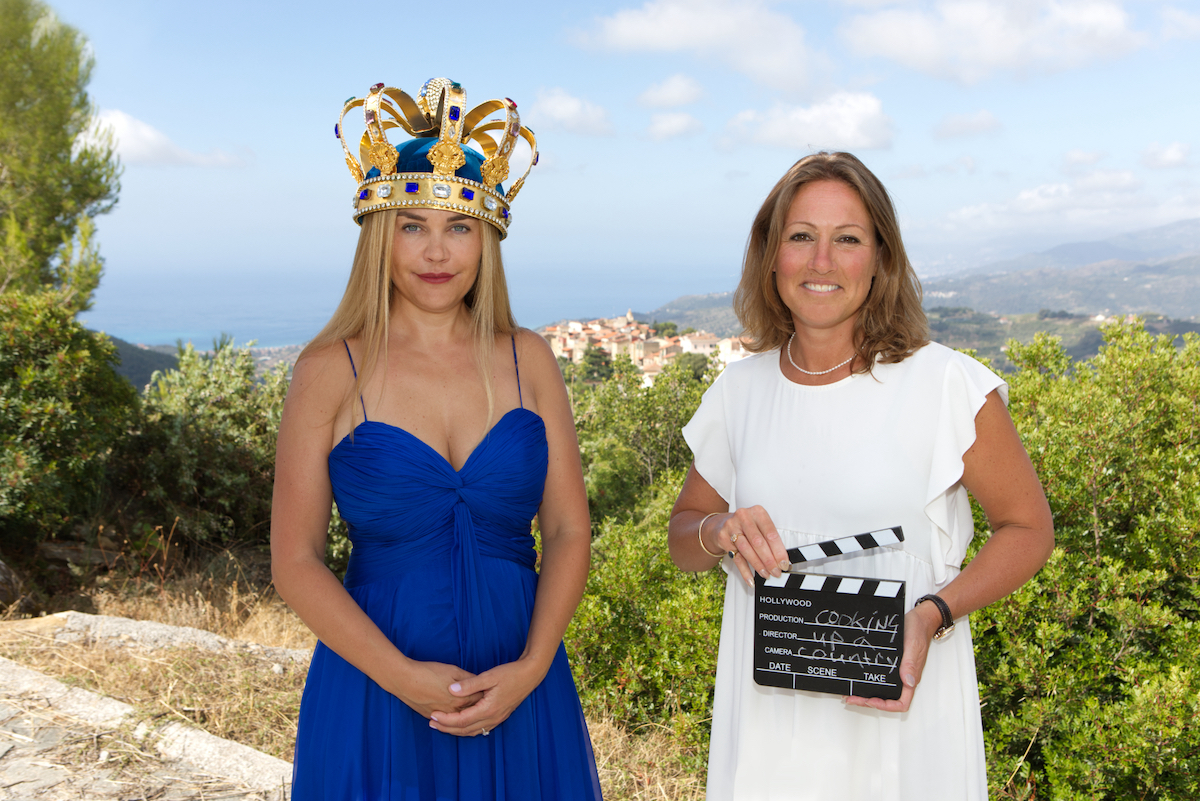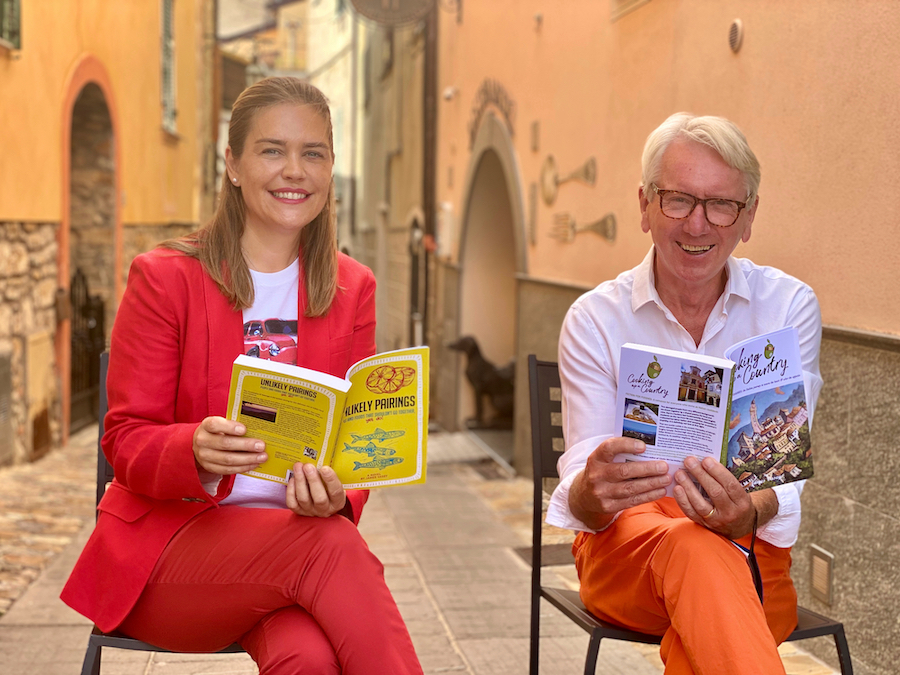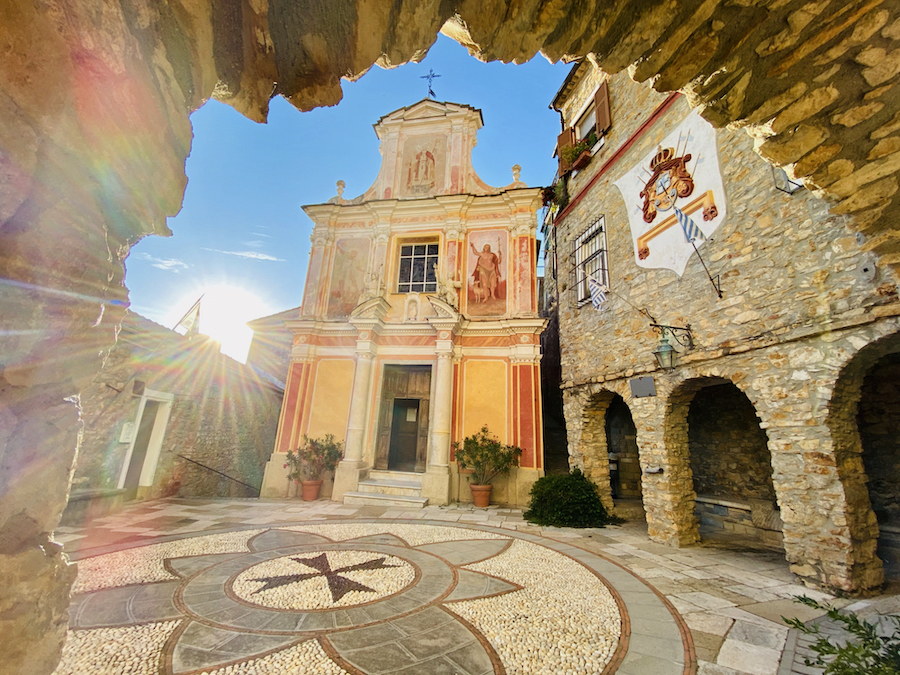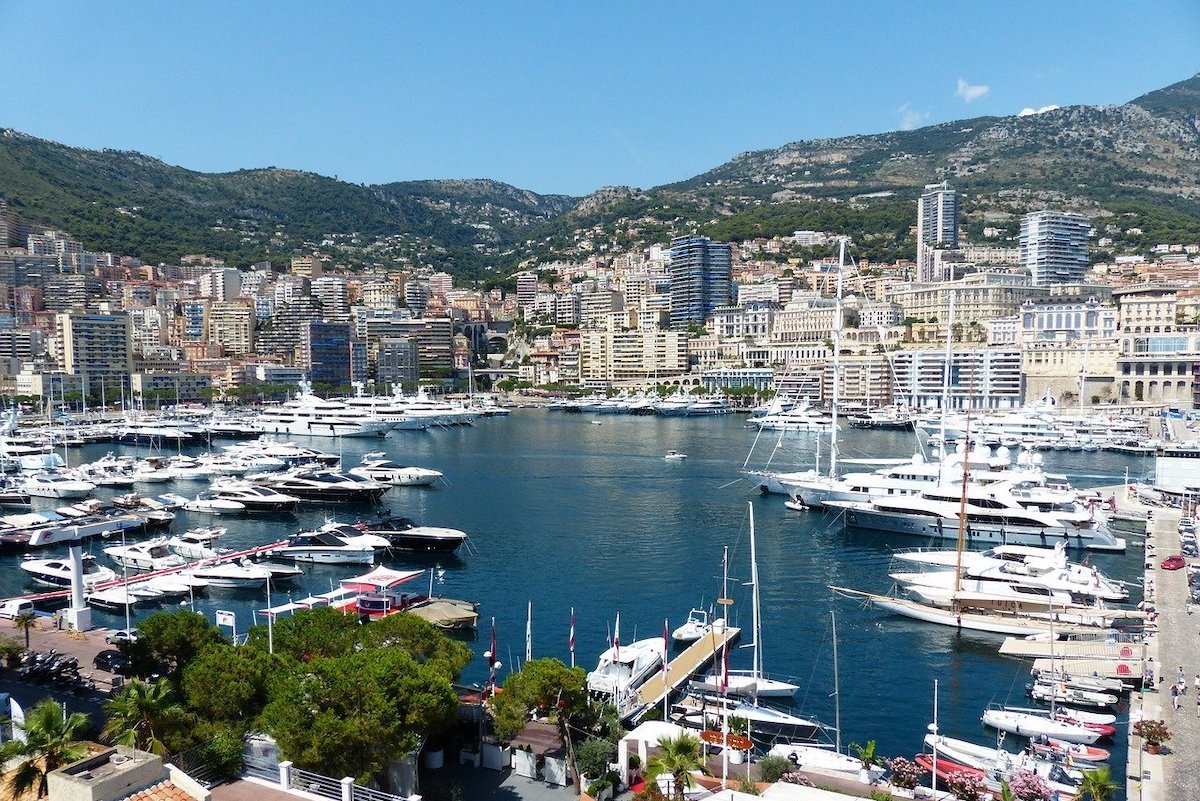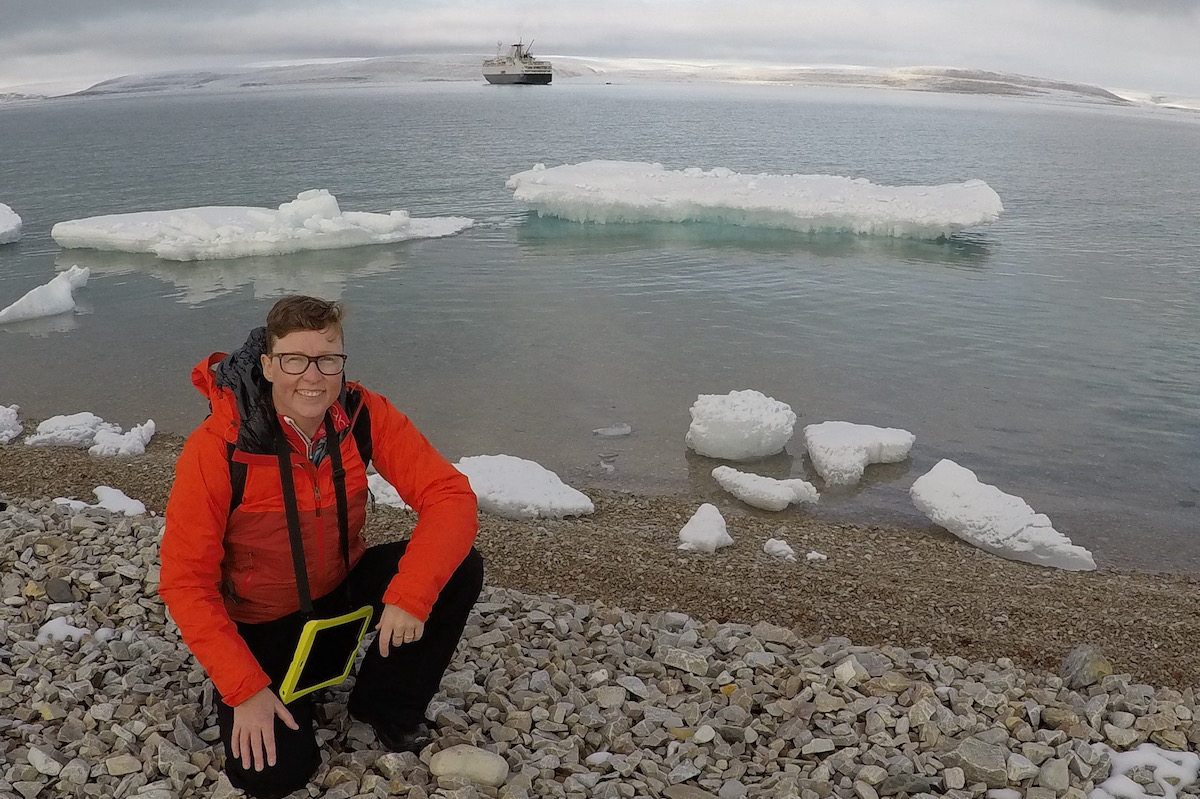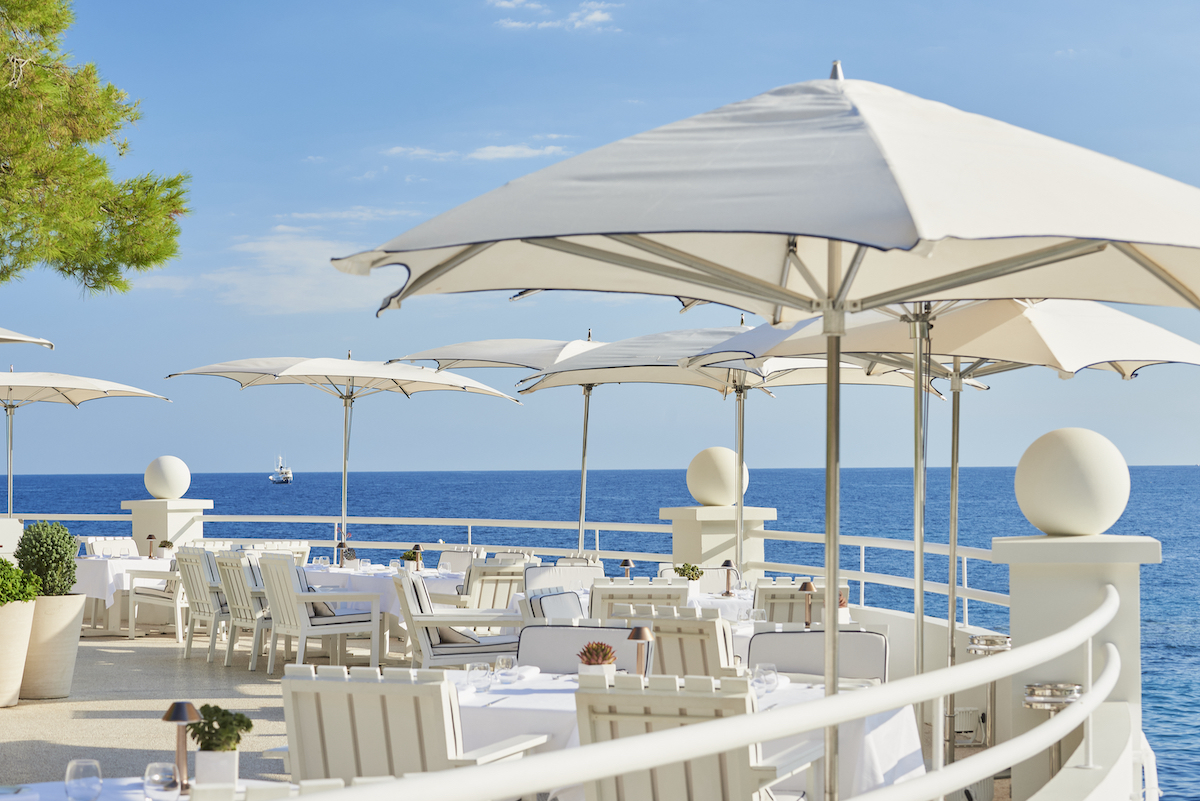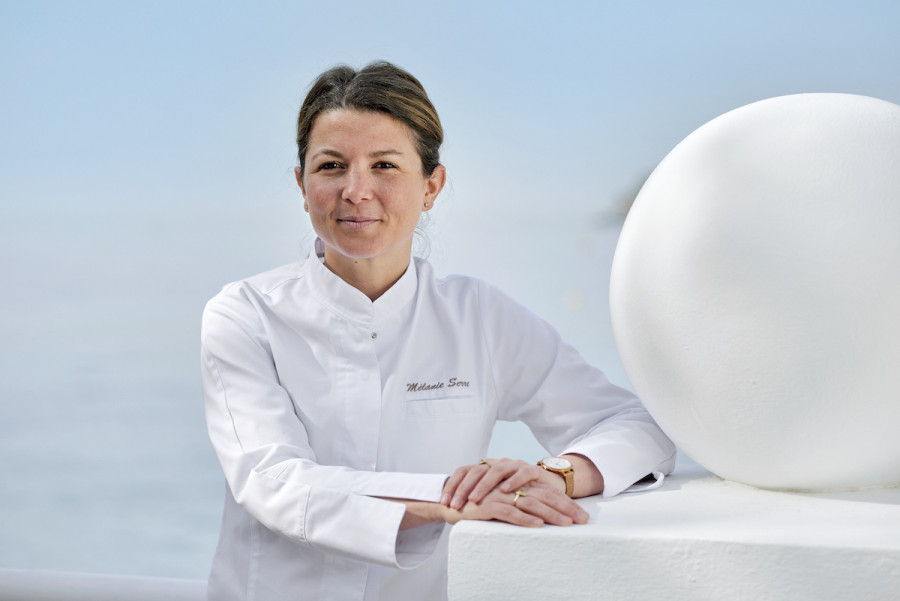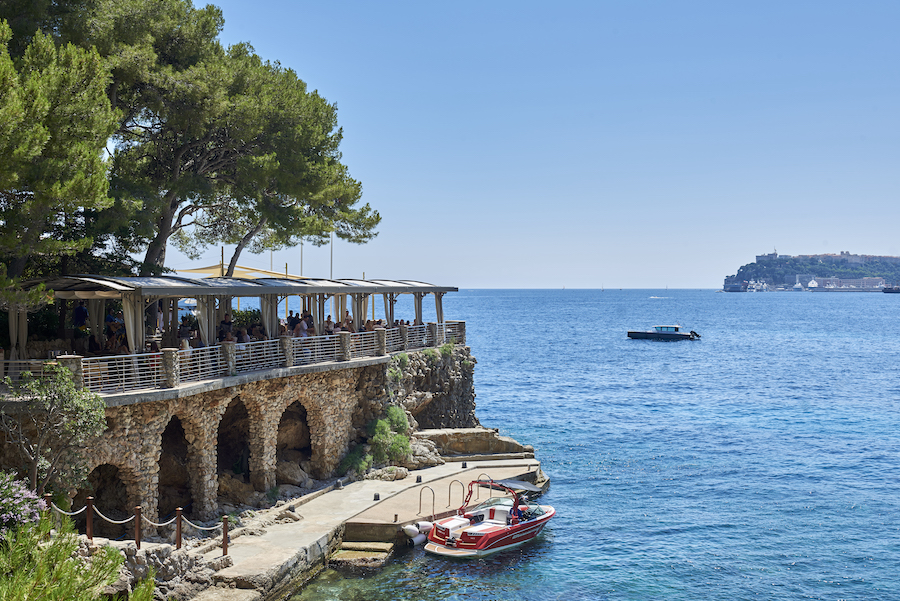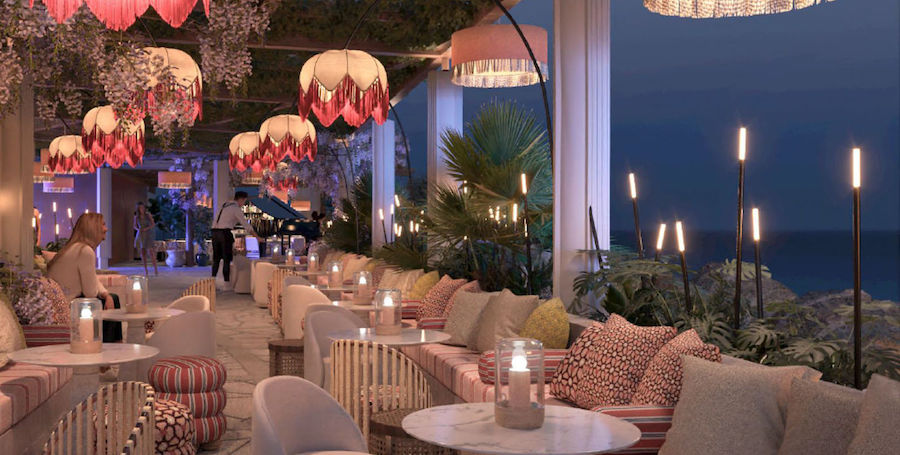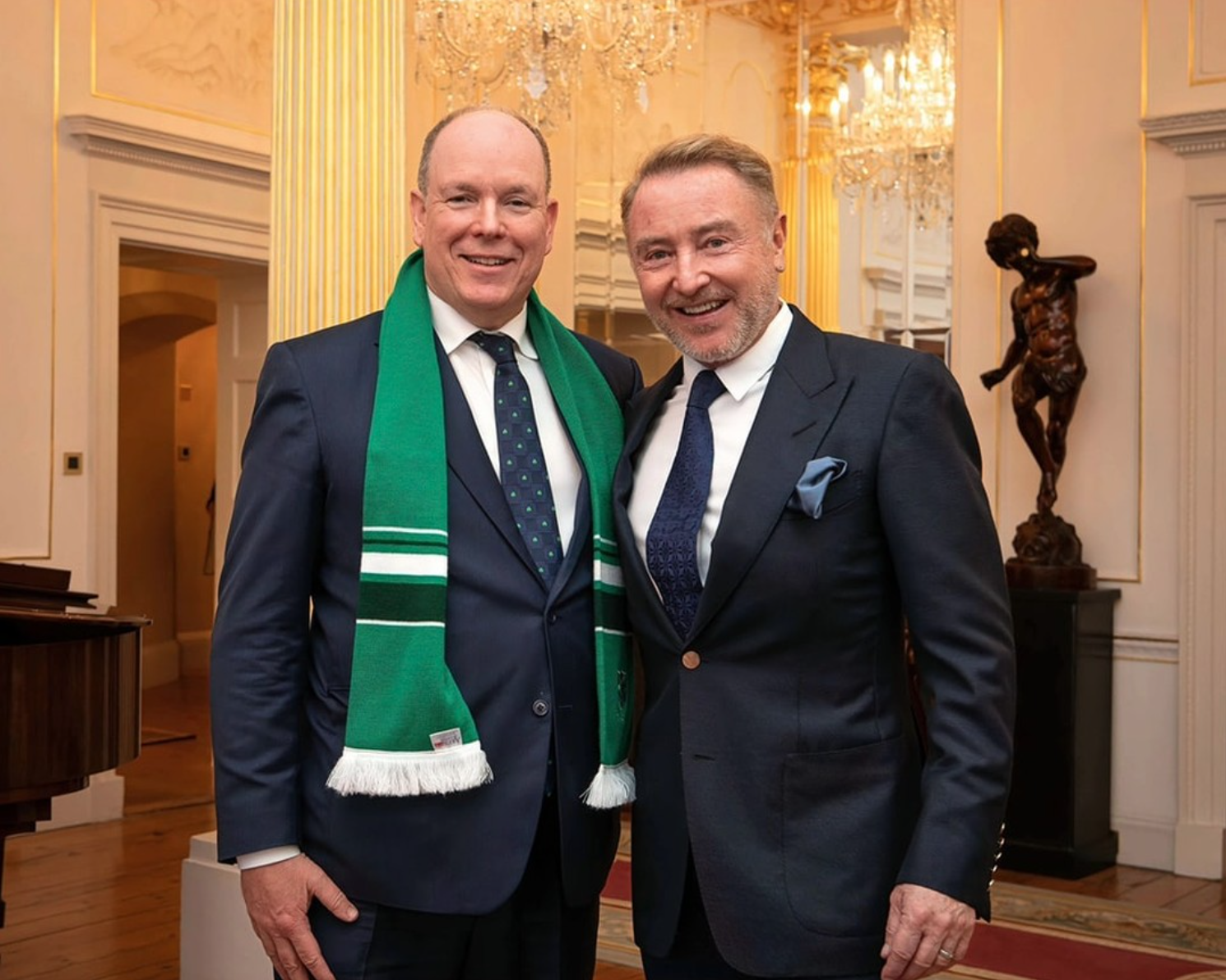Banque Havilland has announced a new partnership with the Porsche Mobil 1 Supercup, which is raced ahead of the F1 grand prix.
The Porsche Supercup, officially known as Porsche Mobil 1 Supercup, is an international one-make sports car racing series supporting the Formula 1 world championship.
This new partnership will put the Banque Havilland branding on the Porsche race cars and its clients on the race track, be it in the grand stand or even in a Porsche cockpit.
“We are delighted to begin our partnership with Banque Havilland. It is an exciting new energy for the Porsche Mobil 1 Supercup and we are glad to welcome them onboard,” said Oliver Schwab, Project Manager Porsche Mobil 1 Supercup. “This sponsorship is the latest addition to our fantastic portfolio of partners, and we look forward to supporting Banque Havilland’s aim of driving deeper engagement within their community of partners and clients.”
Banque Havilland was established in 2009 and is privately owned. Its headquarters are in Luxembourg and the group operates other locations in Monaco, Switzerland, Liechtenstein, Dubai and the UK.
The thrill of the race
The Porsche 911 GT3 Cup cars will run their laps prior to the F1 race cars at the Monaco Grand Prix and seven other races this year at locations including Silverstone and Budapest.
Professionals, rookies and pro-ams will compete against each other in identical cars – so all teams and drivers have the same chances.
The Supercup provides a platform for up-and-coming racing drivers to make a name for themselves. Rookie Max van Splunteren won the Rookie Classification in 2020, and then managed to secure a position on the grid at the world famous 24 Hours of Le Mans.
“We are thrilled to joining forces with Porsche. It is an exciting and purposeful opportunity for Banque Havilland to join the family of Porsche Mobil 1 Supercup,” said Marc Arand, Group CEO. “In racing, in sports, and luxury cars in general, the maxim is to develop everything to perfection and to achieve excellence in execution. This is also reflected in our values with which we offer our clients the best service every day. The constant questioning of established routines is the key to success and one example is the staging of the racing series with renewable racing fuels.
“Through this partnership, Banque Havilland can support the move towards a more climate-friendly racing in the future and will continue to reach our clients and partners in new and exciting ways, sharing a common passion, while delivering unique experiences in Europe”.
Sign up for the Monaco Life newsletter. For the latest news, follow us on Facebook, Twitter, and Instagram.
SEE ALSO:
Photo source: Banque Havilland
